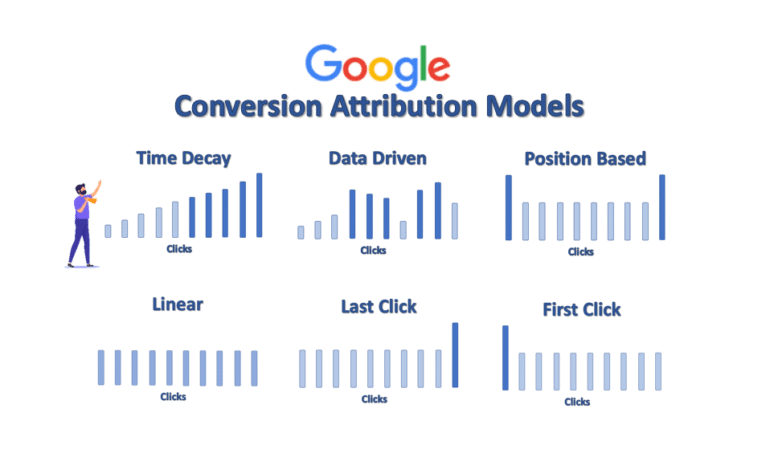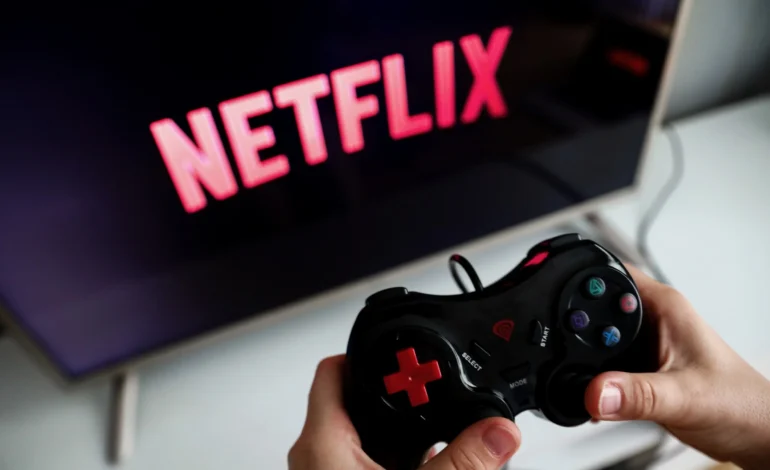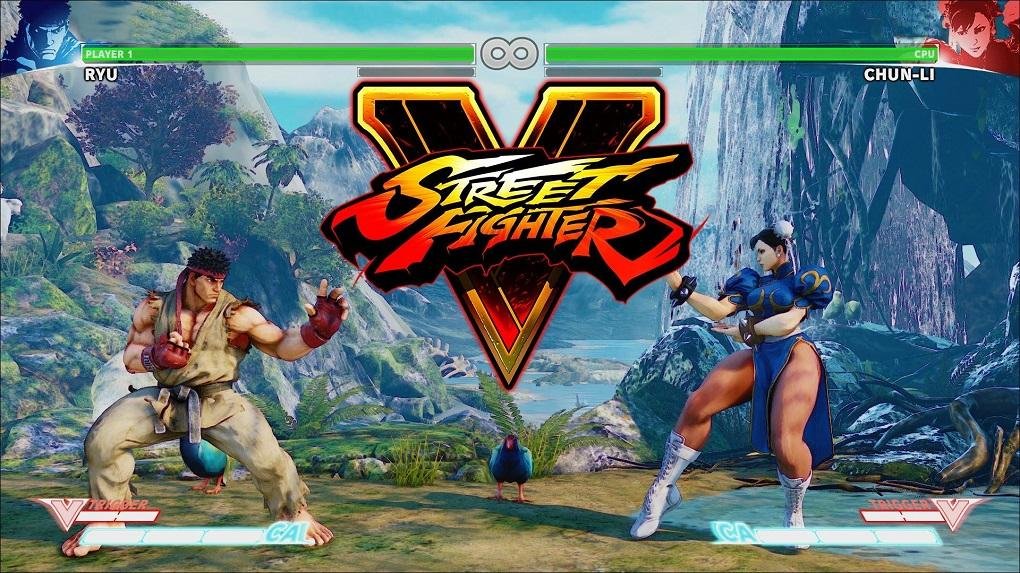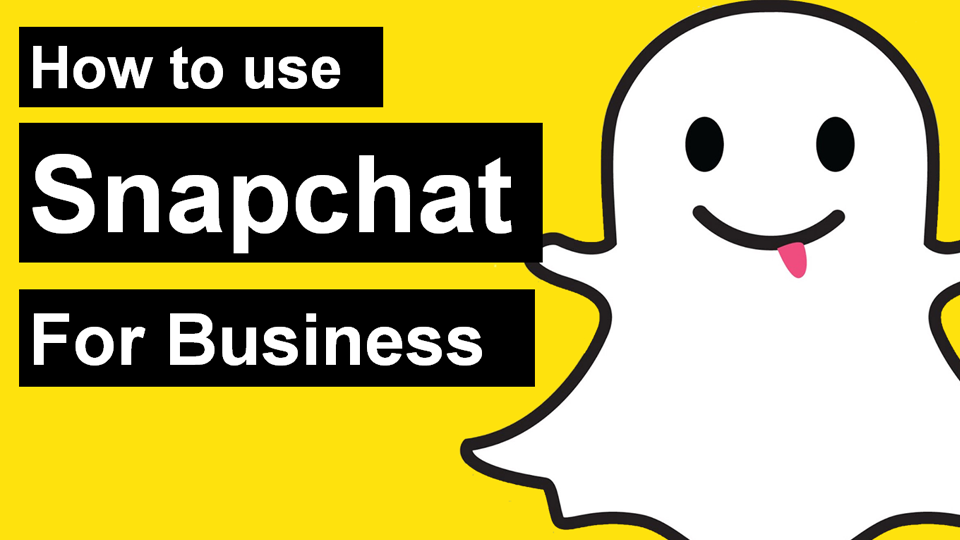Attribution models in Google AdWords

Are you ready to take your attribution models to the next level?
In recent times, Google AdWords has made important changes both in its interface and in the way it measures conversions. Independently, thanks to other new tools such as Google Attribution, we can know more precisely all the customer’s steps and how they influence the conversion. In particular, this tool even allows us to analyze multichannel conversions to get a wider range of data and information that can help us in our digital strategy.
But as always happens in digital marketing, tools are only useful if we are able to link their use with our marketing objectives. And for that, the first step is to know how the new attribution models work in Google AdWords.
What is an attribution model and how does it work?
According to Google itself, an attribution model is “the rule or set of rules that determine how credit for a sale or conversion is assigned to different touchpoints throughout the conversion.”
Currently, the default option in Google AdWords is to attribute all conversions to the last click, ignoring the user’s previous path. But the best thing to do is to change the model depending on the objectives and the way of understanding marketing of each company.
Before we start, we need to be clear that changing the attribution model doesn’t influence the results of the account, only our perceptions of them. That is, the final number of conversions will be the same, but the system will attribute them differently.
Therefore, you can (and even should!) experiment with the different models offered by Google AdWords to better understand the results of your account. It is even possible to see the results of different models without having to change the one that comes by default.
The benefits of having the right attribution model
- You will be able to understand the entire consumer journey through the search engine. By opting for an attribution model that takes into account multiple touchpoints, you can understand the impact of different Google AdWords campaigns, which more closely reflects the way today’s users behave.
- It allows you to measure the real impact of each touchpoint. If you don’t know which keywords, ads, and groups are working, it can be very difficult to get it right when it comes to investing. Having the right model allows you to determine which actions have led to which results, from the consumer’s first contact to the final conversion.
- You will have an easier time making decisions. It’s a cliché: if your metrics are more accurate and reflect reality better, it will be easier for you to optimize your marketing.
- It makes it easier to understand the return on investment and justify the budget allocated to different AdWords campaigns.
The 5 Google AdWords Attribution Models
In addition to the last-click model (which comes as the default option), the new AdWords includes five attribution models tailored to different needs.
To better understand how they work, let’s imagine a customer following the following journey:
- After a first search with a completely general term on Google (e.g., included in a non-branded campaign), they click on an AdWords ad and end up subscribing to your newsletter.
- Secondly, revisit your website through a new search phrase (a little more specific and related to the final product) suggested perhaps by some content within your newsletter (which they have already received by subscribing in the previous step).
- And finally, type your brand and/or product name directly into the search engine, click on its respective ad, and make a purchase on your site.
1# Linear
Each touchpoint that contributed to the conversion receives the same rating, meaning that the last click receives the same credit as the first. For example, in the case above, the campaign containing the keyword of the first search, the campaign containing the post-subscription search, and the third campaign would each receive 33% of the score.
This model is useful if we want to get as much information as possible about each keyword, as it reduces the number of “zeros” in the data. It can be particularly interesting if we work with a very large number of “long-tail” terms.
2# Decline in time
The logic behind this attribution model is that the further a user has advanced in the conversion funnel, the more valuable their interactions are. Therefore, the touchpoints closest in time to the conversion get more points; in the example case, the branded campaign would be the most valuable.
This model is quite similar to Last Click, but it introduces interesting nuances. As such, it can be a good option if you’re looking to make a gradual transition.
3# According to the position
This model places the utmost importance on the first and last interactions, giving 40% of the credit to each interaction. 20% of the credit is shared among the remaining interactions. In our example, the campaign with more general words and the branded campaign would get 40% each, while the second interaction would get 20%.
The logic behind this attribution is that the first contact is key because it introduces the user to the process and the last because it is the one that leads to conversion, while the repetitive steps in the middle are less decisive.
4# First click
The first-click attribution model works just the opposite of the default one: the first interaction (in our case, the most general campaign) is the one that gets all the credit, and the rest disappears from the results. This has the same disadvantages as the last-click model, as it does not accurately reflect what is happening. On the other hand, it can be very useful if we are looking to expand our database with new potential customers.
5# Data-driven
Data-driven attribution is one of Google’s flagship offerings, but we don’t have much information yet on how it works. This option is only available for accounts with sufficient data. According to Google AdWords, this system uses an account’s conversion data to calculate the actual contribution of each of the clicks, taking into account what users do before converting and the behavior of those who do not convert. The model uses machine learning algorithms to optimize itself over time, so I hope that its results will be seen soon.










